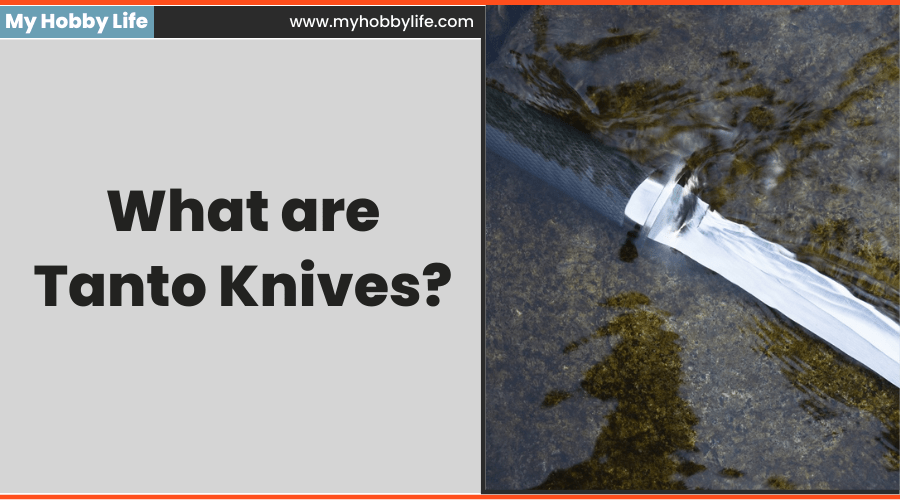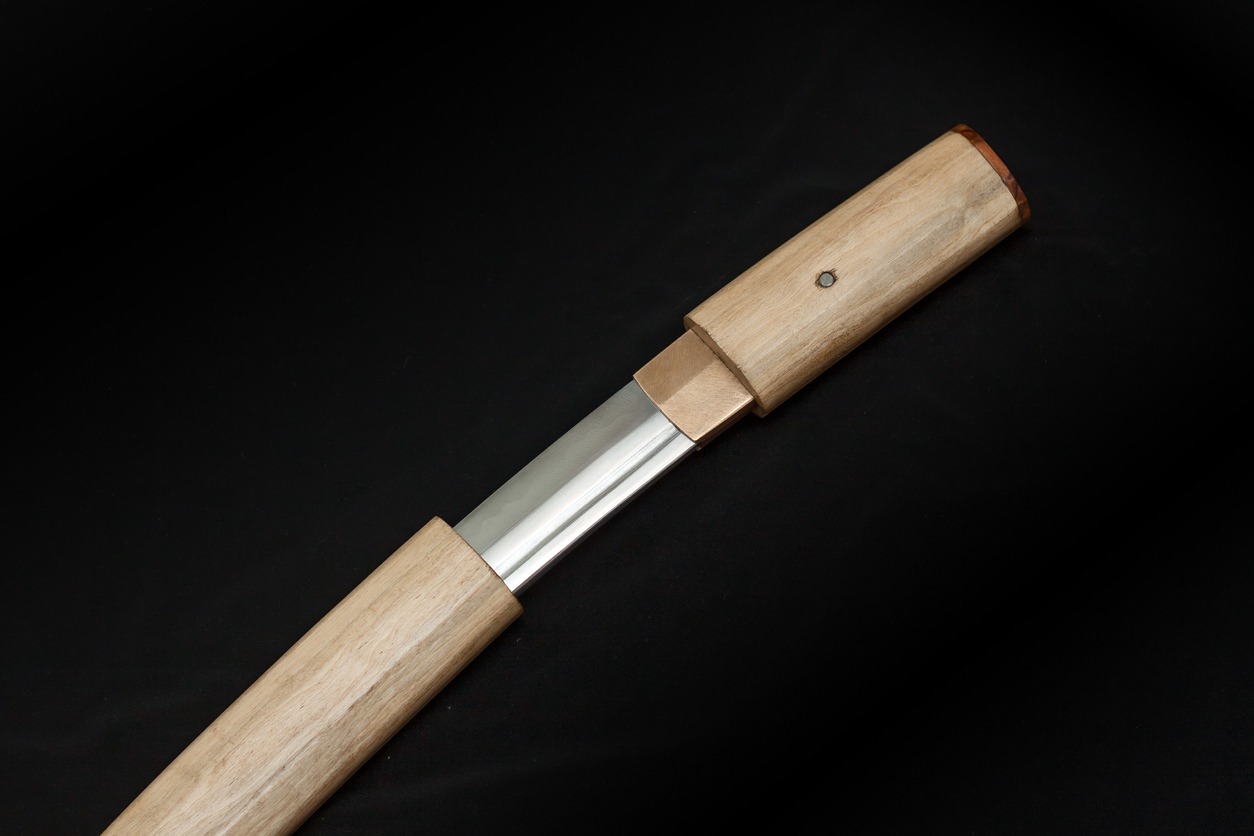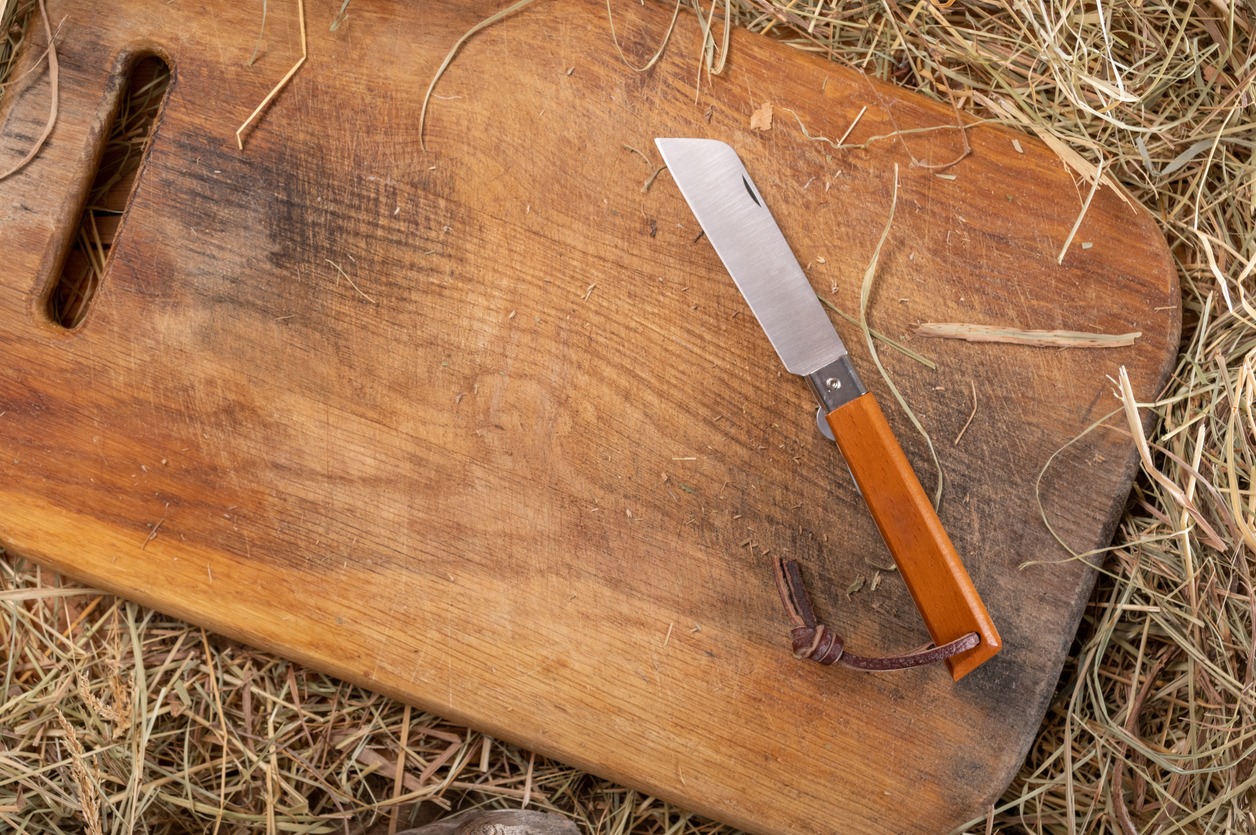Tanto knives are what you need if you’re looking for a cutting tool that will let you pierce through tough objects. Knives made in Japan are renowned for being extremely useful in daily life. The Tanto knife also has Japanese roots. The Tanto knife has a shorter-than-normal-length sword appearance in general.
A Brief History of Tanto Knives
The Tanto knife was created in Japan between the late 8th and early 12th centuries, during the Heian era. The Tanto knife is a deadly weapon used by Samurai soldiers in both war and survival situations. The Tanto knife’s blade is renowned for having tremendous strength and power, making it vicious. In Japan, the process used to forge the Tanto knife is known as Hira Zukuri. Later, though, Americans also developed a modern Tanto that was modeled after the classic design of the Japanese Tanto knife.
The Tanto knife’s blade has a flat grind that is effective for cutting through dense materials. The blade’s tip is made of a substantial amount of metal, ensuring that it can cut through tough material without shattering from forceful contact. The front edge of a tanto blade is sharpened, and it is intended to meet the rear edge, which is not sharpened, at a sharp angle rather than a curve. The knife cannot be used for slicing since the point is too sharp for combat, making it a poor choice for daily carry. However, this does not devalue the Tanto knife in comparison to other knives you may already be familiar with.
The blade of the contemporary Tanto knife has a length that varies from 6 to 12 inches. The contemporary design also includes two levels, one of which is vertical and short and the other of which is straight and long. The contemporary ones come with either a single or a double edge.
Why Would Someone Need a Tanto Today?
The tanto is used for many different purposes today. For instance, some of them practice tantojutsu, a term used to describe a variety of traditional Japanese martial arts centered on the usage of the mentioned weapon. Similar to their ancestors from past eras, some of them appreciate the tanto’s aesthetic, leading them to purchase showpieces for exhibition. Furthermore, even though modern tactical knives are primarily designed for utility rather than fighting, the tanto has also come to be linked with them.
Advantages of a Tanto Knife
1. Strength: Perhaps the most noticeable benefit of a Tanto blade over other types of swords is its strength. The improved blade also enables prolonged usage of the knife for piercing objects without suffering issues like the blade snapping.
2. Sharp Chisel Blade: In comparison to other styles of blade points, the Tanto Style blade tip features a chisel-like design that gives the blade extra strength and durability. This is accomplished by concentrating a sizable fraction of the overall metal section close to the blade’s point. Even though this particular blade design isn’t typically regarded as perfect and useful for use in the wilderness, it makes a fantastic choice for defensive weaponry. The pommel on the other end, together with the carved tanto point on one end, creates a very powerful overall knife style.
3. Design: The blade is inspired by Japanese blade designs and resembles but differs slightly from the shape of the Katana blade. The blade tip of the Tanto knife function is exactly aligned with its spine. The current Tanto Style blade has traces of ancient Japanese design and craftsmanship, which adds a little bit of visual historical appeal.
4. Pommel: The tapering pommel of the Tanto knife is made of steel. It is specifically designed to give the ability to absorb the effect of powerful strikes by using a limited number of objects. As a result, when employed against an aggressor or assailant, even a seemingly insignificant blow from the pommel can have the same effective effect as a blunt weapon.
How Should You Pick Your Tanto Knife?
1. Having Piercing Ability: The Tanto blade’s primary function is to cut through dense objects. Therefore, the primary factor you should consider when buying a Tanto knife is its capacity to pierce. To ensure that the blade has the potential to pierce, you must ensure that it has a flat grind and a high point in its construction. You’ll notice that the blade’s tip is thicker than the rest of the blade, enabling the knife to cut through difficult material without breaking or deforming. The blade should be able to withstand impact while puncturing through materials, so it will stay exactly how it is.
2. Durability: The process utilized to make the tip and the metal that was used both affect how long the blade will last. The optimal Tanto knife will have more metal present at the tip than the rest of the blade since the tip functions like a chisel. If the knife is strong enough, you can use it without restriction and without concern that the blade would break, giving you complete control and the capacity to work precisely.
3. Pommel Quality: The Tanto knife’s pommel, which resembles a knob, is located at the handle’s tip. It is a crucial component of the knife because it lessens the impact and shock that result from striking, slicing, or piercing. Steel is used in the pommel’s construction, and other elements are added to provide it strength for impact resistance.
What Purposes Do Tanto Knives Serve?
Knives with a tanto blade are excellent for strength, aesthetics, and functionality. Numerous knives with tanto blade tips are available for purchase online.
- Survival
- Tactical
- Combat
What are the Types of Tanto Knives?
As the tanto knife’s tradition was passed down over many generations. People made modifications to the tanto knife’s distinctive blade.
1. Katakiriha: A blade with only one side sharpened, an asymmetrical design, and construction like a chisel.
2. Shinogi: Short blade with just one edge.
3. Shobu: Similar to Shinogi, Shobu has a similar design with a long cutting edge and a tiny curvature in the edge.
4. Kubikiri: With an unpolished point, you can see the tiny bend in this blade.
5. Hira: This particular style of the Tanto blade is well-known and frequently used. The cross-section of the blade is triangular, and there are no flat areas.
Tanto knives are easier to identify than almost any other style of a knife because of their unusual blade design. In contrast to most pocket knives’ curving flat bottoms, tantos have an irregular, somewhat angular edge made up of two cutting surfaces.


